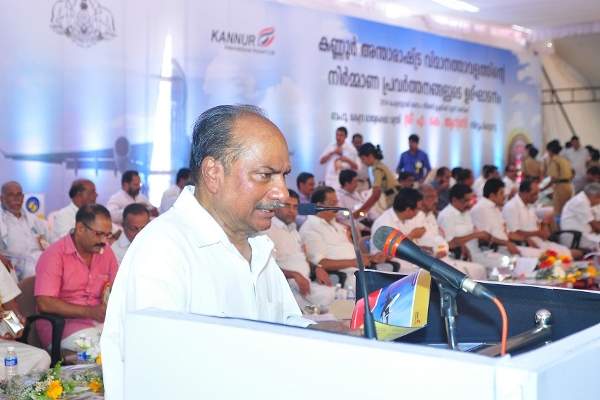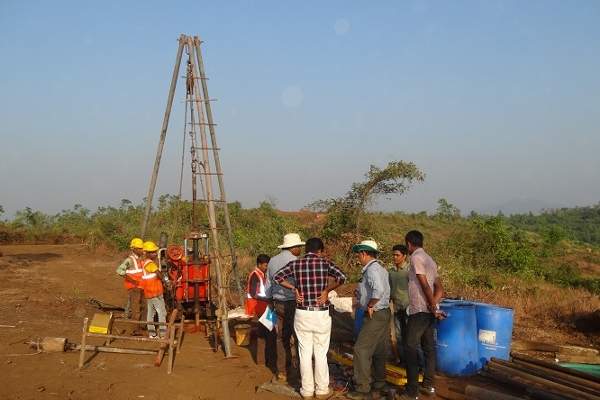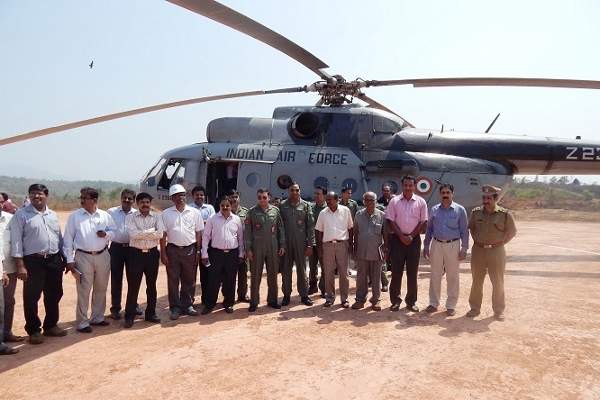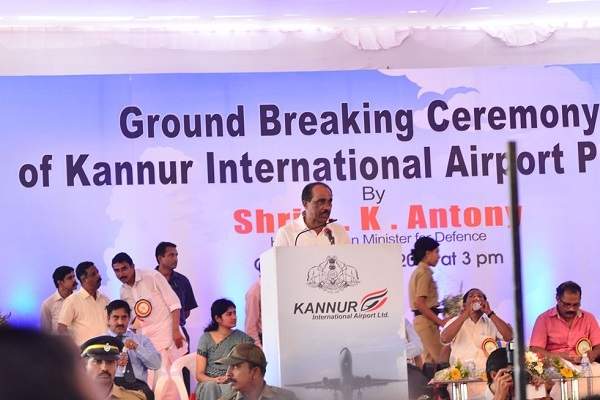Kannur International Airport (KIA), located approximately 25km from Kannur Town in Kerala, India, is constructed under a public-private-partnership (PPP) and build-own-operate (BOO) basis. It is the fourth international airport and second Greenfield airport in Kerala.
Related content
Cochin International Airport, India
Cochin International Airport (CIAL) is the first greenfield airport in India to be built under a public private partnership (PPP). The airport is located at Nedumbassery, 25km north-east of Cochin, in the state of Kerala.
The airport is developed in two phases, EPC-1 and EPC-2. Construction works began in February 2014 and the airport was opened to traffic in December 2018. Both Indigo and Air India Express airlines conducted flight trails at the airport in September 2018.
The new greenfield airport in South India is expected to handle 4.67 million passengers, 39,638 aircraft movements and 60,758t of cargo by 2036.Kannur International Airport Limited (KIAL) was formed by the Government of Kerala to build and operate the new airport. Private individuals and institutions hold 49% shares in the company, the government holds a 26% share, and state-owned public sector organisations hold 23%.
Background of the Kannur Airport project
The Kannur International Airport project was first proposed in 1997 and received approval from the Kerala Government in 1998. The Government of Kerala appointed Kerala Industrial Infrastructure Development Corporation (KINFRA) as the main agency to implement the project.
The project was approved by the Union Cabinet of India in January 2008, followed by the approval from the Indian Ministry of Civil Aviation and Government of India (GoI) in February 2008. The Indian Ministry of Environment and Forest gave environmental clearance for the project in July 2013.
Financing for the new international airport
The first phase of the project was developed with an investment of approximately Rs17.92bn ($288.65m). Up to Rs7.84bn ($110.4m) came from equity share capital and the remaining amount was financed through debt. Bharat Petroleum Corporation Limited (BPCL) signed a memorandum of understanding with KIAL in 2012 to invest Rs1.7bn ($27.38m) in the equity capital.
The Union Bank of India (UBI) provided an Rs3.1bn ($49.93m) loan to KINFRA in September 2013 to acquire 785.45 acres of land for the airport.
Building airport infrastructure
The new airport covers about 2,000 acres (809ha) of land. Around 1,200 acres (485ha) of land has already been acquired for the project.
The EPC-1 phase involved the construction of a 3,050m-long runway, taxiways, apron, access roads, administrative and technical blocks, and other airside construction works. It also included the installation and commissioning of the airfield ground lighting systems, navigation systems, and bird hazard reduction systems. The apron features 14 parking stands.
Construction works under the second phase, EPC-2, began in June 2014. It included the construction of an integrated passenger terminal building and an air traffic control (ATC) tower. The ATC tower is 30m tall, covering an area of 600m². A technical block covering an area of 1,900m² is connected to the ATC tower. The runway is expected to be expanded to 4,000m in the future.
The terminal covers an area of 56,000m² and is designed to achieve a green rating for integrated habitat assessment (GRIHA) and leadership in energy and environmental design (LEED) certification.
A car park is constructed covering an area of 22,000m². A corridor connects the passenger terminal building to the car parking area. The two-level corridor covers an area of 1,000m².
Other facilities, including a sewage treatment system, a hydropneumatic system, electrical substations, heating, ventilation and air-conditioning (HVAC), firefighting systems, flight information display systems and rainwater harvesting systems are also installed.
Facilities at the KIA
The airport is equipped with air-conditioning, flight information displays, public address, airport access control systems, integrated airport management systems, surveillance cameras and tetra wireless systems.
Contractors involved with the airport project
Larsen & Toubro (L&T) was awarded the engineering, procurement, construction (EPC) contract for phase one of the project in November 2013. The Rs6.9bn ($111.78m) contract includes construction works for the runway, taxiway, apron and other field facilities. L&T also won a tender for Rs4.98bn ($82.63m) for phase two works in June 2014.
A consortium of AECOM and Crisil is the project consultant, while KITCO is the engineering consultant for the project. The Kerala State Electricity Board fulfilled the power requirements, while the Kerala Water Authority supplied treated water for the airport development.
Square Associates won the bid for the interiors of the terminal building in May 2017.
Supporting road and rail infrastructure
The airport is easily accessible from the Kannur to Mattannur to Mysore road and other highways, including NH-17, SH-30, and SH-36.







